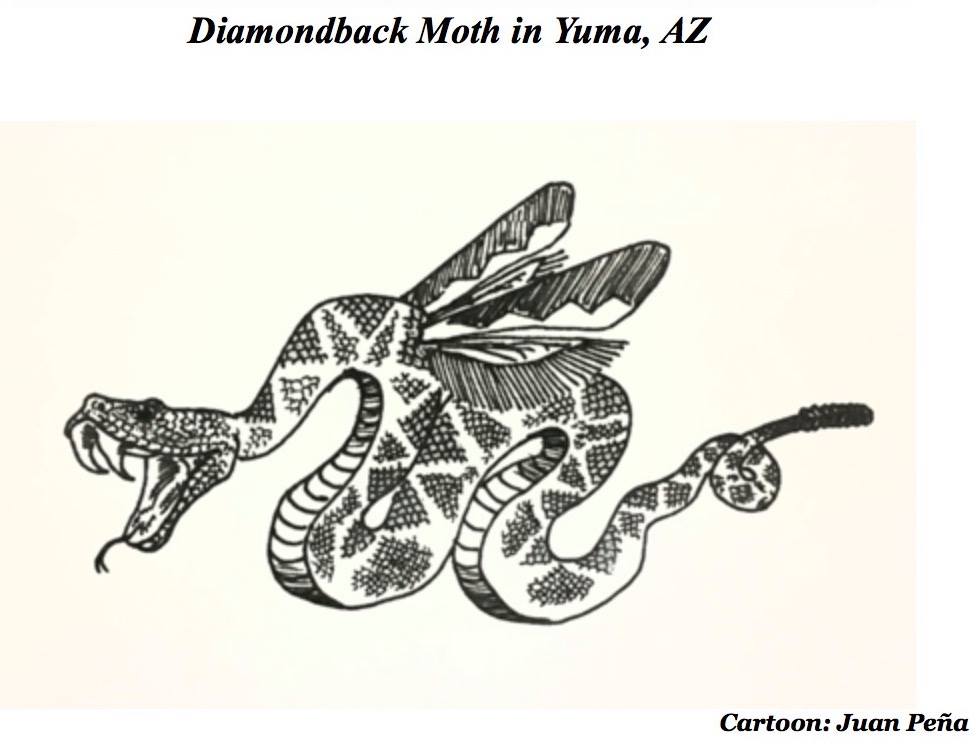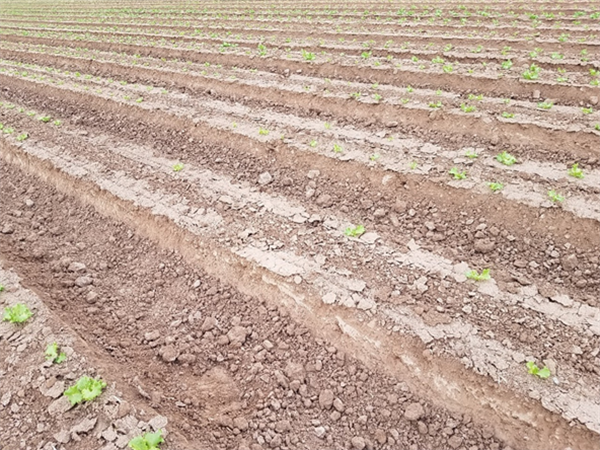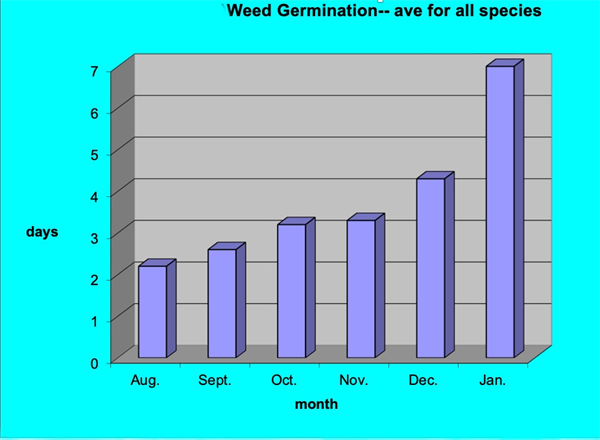May 31, 2017
Insecticide Usage on Arizona Lettuce, 2016-17
The results of our annual Lettuce Insect Losses surveys continue to show interesting trends in insecticide usage on desert lettuce. In general, the most commonly used insecticides in fall and spring lettuce correspond directly to the key pests that typically occur during these growing periods. By far, the pyrethroids applied both as foliar sprays and through chemigation at stand establishment, were the most commonly used insecticide class. Not surprising; over the past 13 years, pyrethroid usage has remained steady. The reason for this is quite clear: a pyrethroid is the most inexpensive and safe broad spectrum insecticide still available for use in tank-mixtures for effective control of flea beetles, crickets, plant bugs and some Lepidopterous larvae (looper and earworm). The overall use of OPs and carbamates continues to decline. Lannate (methomyl) and acephate, which are relied upon for rotational alternatives for thrips management, were down this year as a result of lighter thrips pressure this spring. In the past few years, OPs/carbamates have been increasingly replaced by several reduced-risk chemistries, of which the spinosyns are the most commonly used class of selective insecticides. In 2016, 100% of the fall lettuce acreage in the desert was treated with > 2 applications of Radiant. Their use against both lepidopterous larvae and thrips has remained steady since they were first registered. The Diamides (Coragen, Voliam Xpress, Vetica, Belt) were another commonly used selective chemistry in lettuce this season. Since they were first registered in 2008, PCAs have steadily incorporated this new chemical class into their management programs. The use of foliar diamides was down in 2016, presumably because of the loss of the flubendiamide tolerance; this is evident by the reduced use of Belt and Vetica. It appears that PCAs increased their use of Coragen (both soil and foliar) to offset the losses. The tetramic acid chemistry (Movento) was used slightly more on fall lettuce in 2016, but use was up significantly on spring lettuce due to the heavy aphid pressure in 2017 associated with unusually wet weather conditions. Another important class of chemistry used in fall and spring lettuce are the neonicotinoids driven primarily by soil-applied imidacloprid for whiteflies and aphids. The usage of imidacloprid on both fall and spring lettuce has increased markedly since 2009 and was used on about 90% of the fall acreage in 2016. Finally, for the seventh season in a row, PCAs treated a greater percentage of their acreage with selective, reduced-risk products than with the broadly toxic, older chemistries. To view a summary of the estimated insecticide usage by chemical class, as well as the 15 most commonly used insecticides on fall and spring lettuce this past growing season, go to
Insecticide Usage in Desert Lettuce, 2016-17.

In response to the recent outbreaks of Diamondback moth (DBM) , Plutella xylostella in Yuma, we have established a pheromone trap network designed to monitor the activity and movement of adult populations of DBM. PCAs have had difficulty controlling DBM in cabbage, broccoli and cauliflower since October. Traps have been placed in Roll, Wellton, Dome Valley, Gila Valley and Yuma Valley in locations where cole crops are presently being grown or in areas where infestations were known to occur this fall.
To contact John Palumbo go to:
jpalumbo@ag.Arizona.edu
 In response to the recent outbreaks of Diamondback moth (DBM) , Plutella xylostella in Yuma, we have established a pheromone trap network designed to monitor the activity and movement of adult populations of DBM. PCAs have had difficulty controlling DBM in cabbage, broccoli and cauliflower since October. Traps have been placed in Roll, Wellton, Dome Valley, Gila Valley and Yuma Valley in locations where cole crops are presently being grown or in areas where infestations were known to occur this fall.
In response to the recent outbreaks of Diamondback moth (DBM) , Plutella xylostella in Yuma, we have established a pheromone trap network designed to monitor the activity and movement of adult populations of DBM. PCAs have had difficulty controlling DBM in cabbage, broccoli and cauliflower since October. Traps have been placed in Roll, Wellton, Dome Valley, Gila Valley and Yuma Valley in locations where cole crops are presently being grown or in areas where infestations were known to occur this fall. To contact John Palumbo go to: jpalumbo@ag.Arizona.edu
To contact John Palumbo go to: jpalumbo@ag.Arizona.edu









